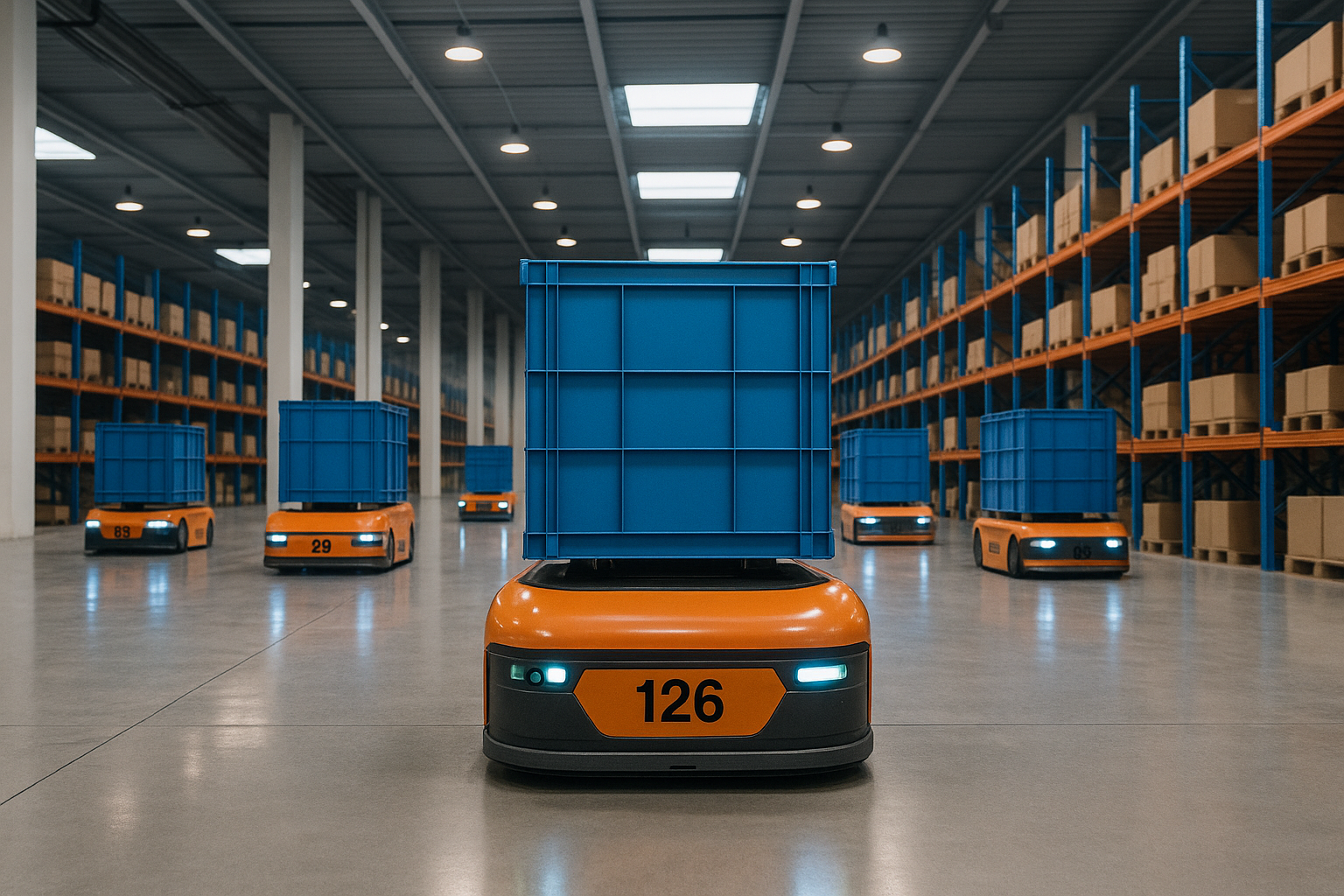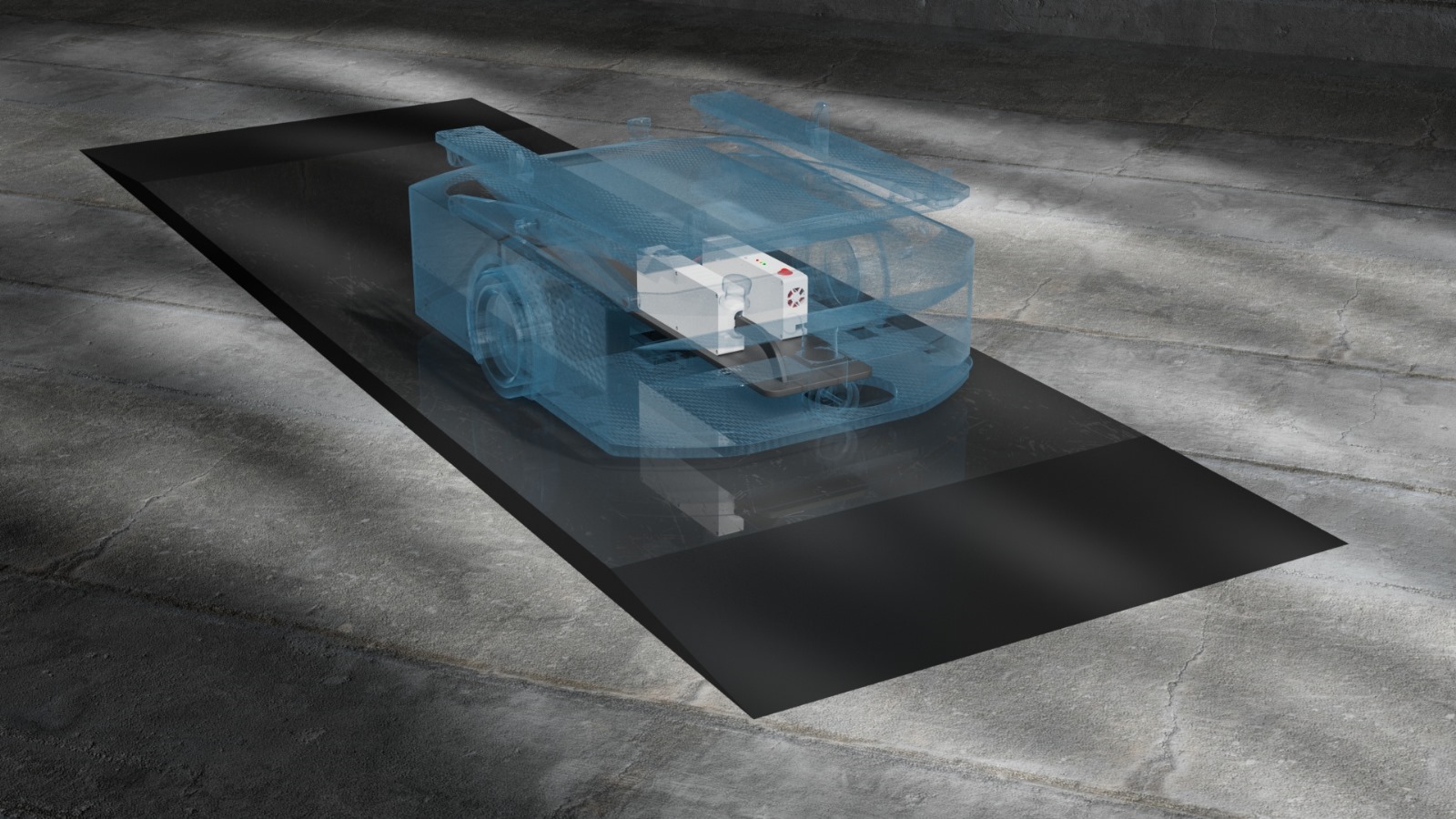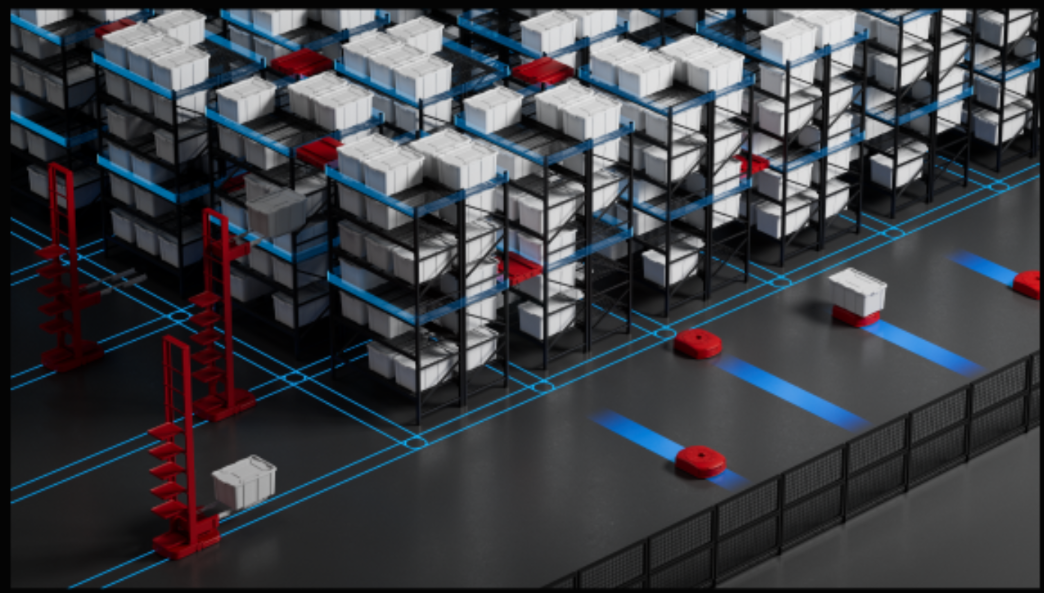Introduction
In warehouse automation, uptime is the ultimate KPI. Every minute of downtime caused by charging interruptions or operational inefficiencies reduces throughput, inflates costs, and limits ROI. According to industry data, most mobile robots lose up to 3 hours per day to charging stops, forcing operators to oversize fleets by 20–30% just to maintain output.
But there’s a better way. CaPow’s Genesis Power-in-Motion and its companion software GEMS (Genesis Energy Management System) create a continuous energy infrastructure that eliminates downtime and maximizes efficiency. Here are 12 proven insights to help you keep your warehouse running at full capacity- without compromise.
1. Uptime Defines Profitability
Charging downtime is one of the biggest hidden costs in warehouse automation. For a 200-robot facility, even a few hours of daily charging can add up to 600+ hours of lost productivity per day. Eliminating this downtime directly improves throughput and ROI.
2. Eliminate Charging Stations
Dedicated charging zones consume valuable floor space. Genesis eliminates the need for stationary chargers by delivering in-motion power, allowing operators to reclaim this space for storage or production
3. Power Robots While They Move
Genesis transfers 500 W of power while robots move at up to 5 m/s, maintaining continuous operation with zero charging stops. This technology removes the traditional “stop-and-charge” bottleneck
4. Tolerate Misalignment
Unlike inductive systems, Genesis allows up to 50% misalignment tolerance between the robot and floor antenna, ensuring reliable energy transfer even in high-traffic environments

5. Modular and Easy Installation
Genesis antennas are ultra-thin (< 2 cm) and surface-mounted—no floor cutting, heavy civil work, or operational disruption required
6. Predictive Energy Management with GEMS
GEMS transforms energy from a static resource into a managed service. It integrates with warehouse and energy management systems to optimize power usage, predict maintenance needs, and enable Energy-as-a-Service (EaaS) models
7. Reduce Fleet Size by 20%
With robots powered continuously, operators no longer need extra units to compensate for charging downtime. CaPow’s deployments show 20% fleet reductions, lowering both CapEx and OpEx
8. Extend Battery Life 3×
Genesis keeps batteries in their optimal charge range (around 60-70%), reducing deep cycling and extending battery lifespan by up to 3×, minimizing replacement costs
9. Improve Energy Efficiency
Pixelized control zones in Genesis activate only under robots, ensuring energy is delivered exactly where it’s needed and reducing waste

10. Increase Throughput
With robots no longer stopping for charging, facilities can achieve up to 12.5% higher throughput, translating to hundreds of thousands of euros in annual savings for large-scale logistics centers
11. Deploy Without Disruptions
Genesis can be deployed in live facilities without halting operations. Its modular design allows for phased rollouts, aligning with existing workflows
12. Proven Real-World Results
A Tier‑1 automotive manufacturer implemented Genesis and avoided adding 20% more robots while cutting automation-related losses by 50%. This is not theory- it’s proven performance.
Conclusion
Downtime is no longer inevitable. With Genesis Power‑in‑Motion and GEMS energy management, warehouse operators can achieve continuous uptime, reduce fleet size, and transform their automation economics.
📩 Ready to eliminate charging downtime? Contact CaPow to learn how Power‑in‑Motion can keep your warehouse running 24/7.



